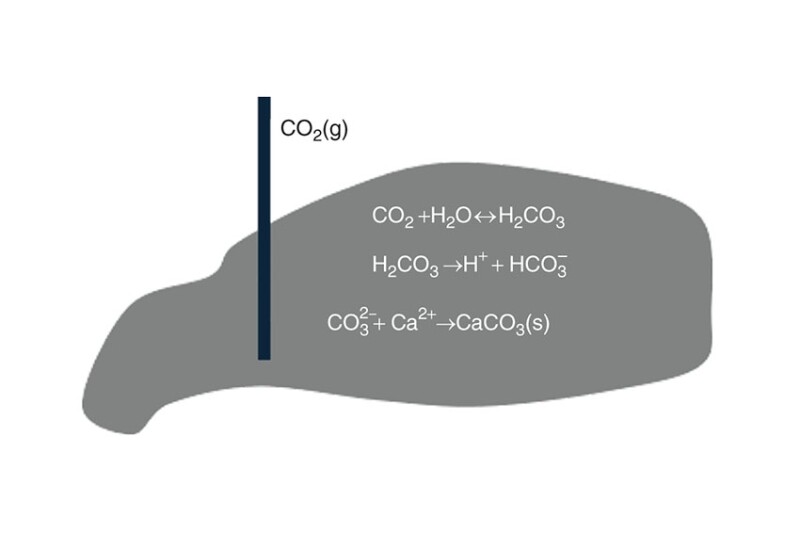The complete paper proposes two methods of accelerating the solidification (or mineralization) of CO2 in subsurface conditions, thus reducing the time required in the CO2 storage process. It also reviews industry and academic works devoted to the subject.
Introduction
Two main concerns with CO2 storage in subsurface reservoirs and CO2 sequestration are the large time cycle involved in its permanent storage and the associated environmental risks. Because other CO2 trapping mechanisms can be reversible, these concerns hinge heavily on the time required for solidification or mineralization of CO2 into a component such as calcite (CaCO3).
Using current technologies and practices, it is practically impossible to complete the soaking period—or, in simpler words, a CO2 storage project—in one lifetime. Thus, technological development of CO2 storage, which depends on field validations, becomes an extremely long, multigenerational process.
On the other hand, environmental safety is always a concern with underground CO2 storage.


